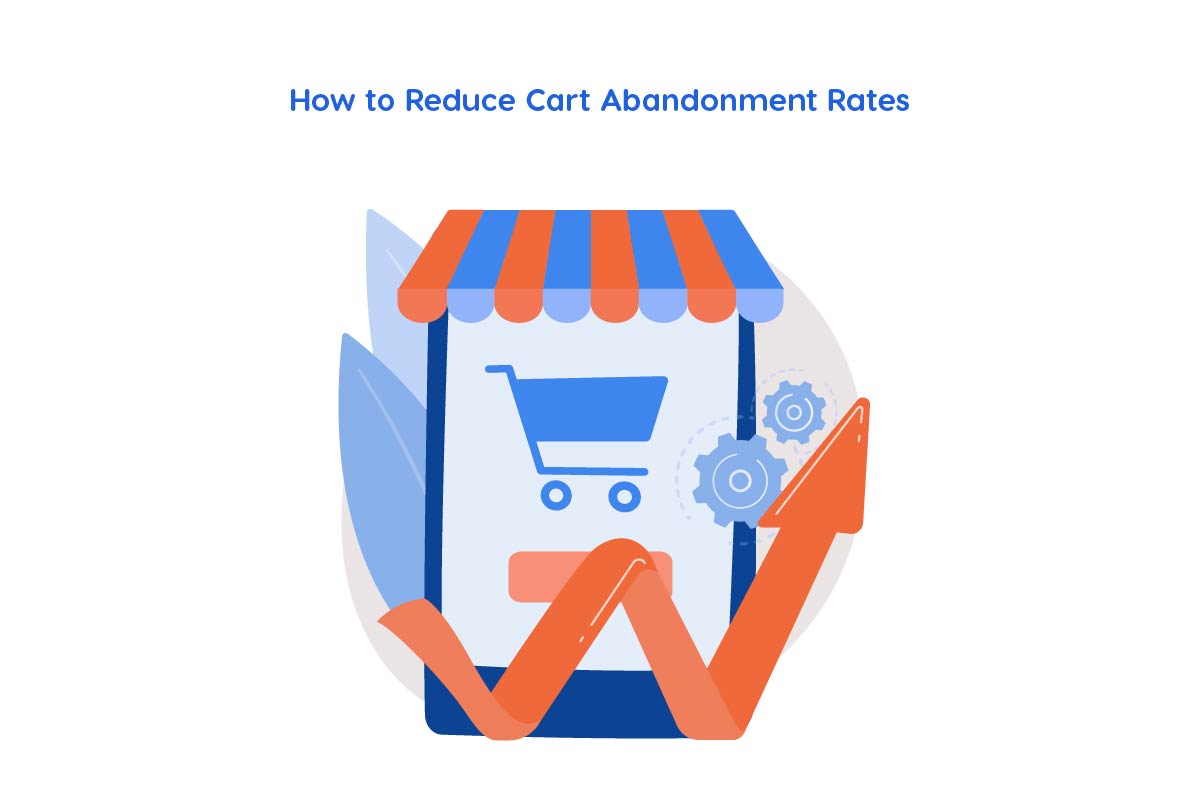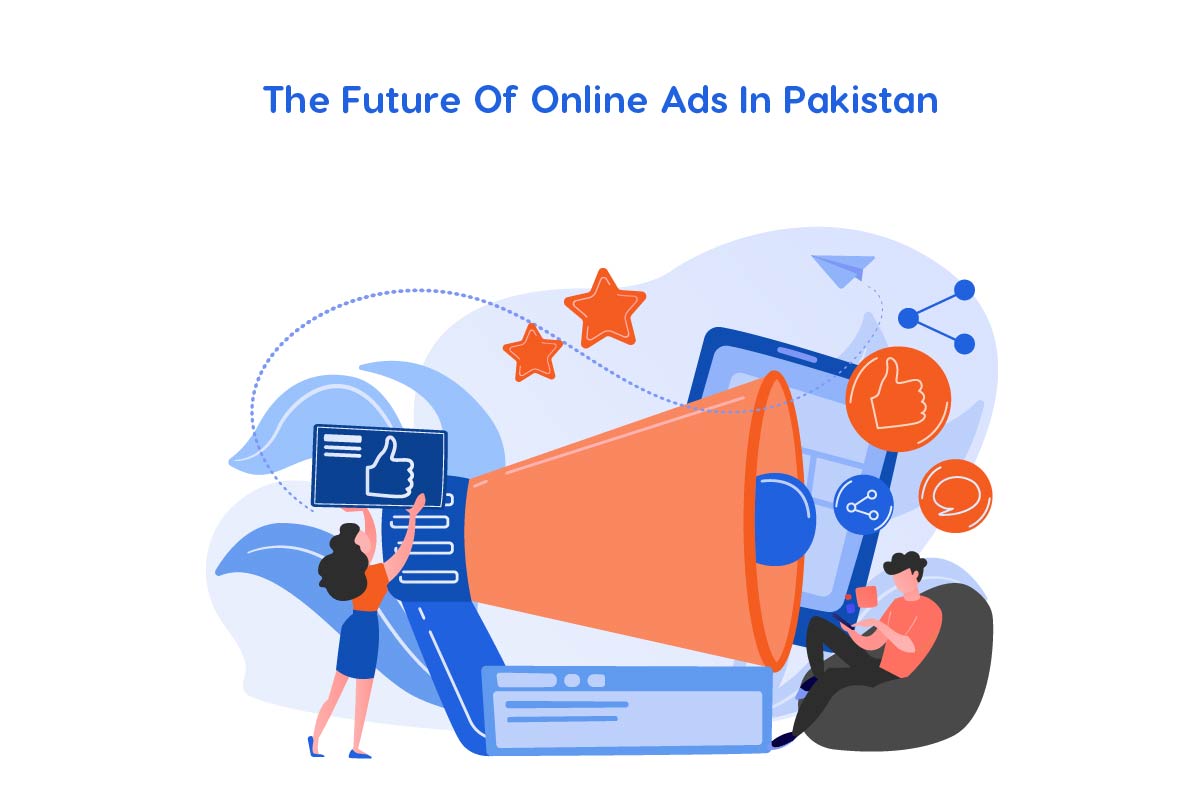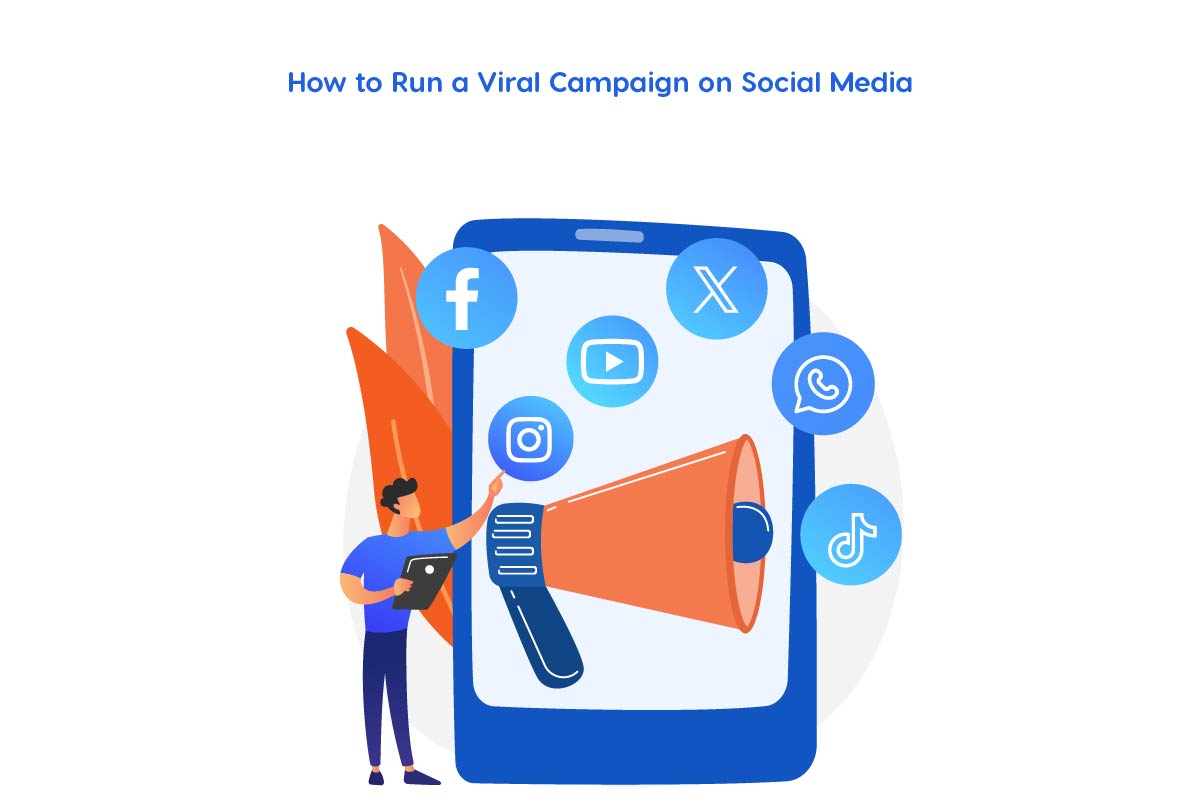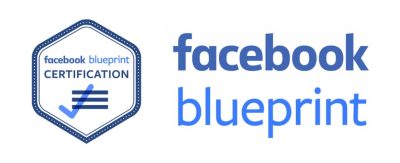Influencer marketing has become one of the most powerful tools in a brand’s digital marketing strategy. Influencer marketing in Pakistan is booming with the market expected to reach US$15.8 million in 2025 and grow to US$21.01 million by 2029. With the rise of social media platforms like Instagram, YouTube and TikTok, businesses now have the opportunity to connect with target audiences in more authentic and engaging ways through the Top Pakistani Influencers. Understanding the differences between the two and evaluating which one fits your brand goals can make or break your campaign. In this thorough article, our Tashheer research team has compared the features of Micro and Macro Influencers to help you make the right decision for your business.
What Are Micro and Macro Influencers?
Micro and Macro Influencers has some unique traits that are discussed below:
Micro-Influencers
Micro-influencers are social media content creators who typically have between 1,000 to 100,000 followers and are known for their strong connections with niche audiences. They often specialize in specific areas such as beauty influencers, fitness, food, parenting or tech influencers and their followers view them as relatable and trustworthy sources of information. One of the main advantages of working with micro-influencers is their high engagement rates, often ranging between 5% and 10% which indicates that their audiences are more likely to interact with and trust their content compared to larger influencers. Because of their authenticity and personalized interactions, micro-influencers are especially effective for brands looking to build credibility and drive conversions within a targeted demographic. They are also budget-friendly, making them an ideal choice for small businesses or startups. While their overall reach is more limited compared to macro-influencers, the quality of engagement and the depth of influence they have within their communities often lead to better ROI for specific campaigns.
Key Traits of Micro-Influencers may include:
- Niche Expertise
- Higher Engagement Rates
- Strong Audience Trust
- More Affordable Collaboration Cost
Macro-Influencers
Macro-influencers are content creators or public figures with large followings typically ranging from 100,000 to over a million followers across platforms like Instagram, YouTube or TikTok. They often include celebrities, models, athletes and established online personalities who have broad appeal and the ability to reach a massive audience quickly. These influencers are known for producing high-quality, polished content and are commonly used in campaigns aimed at building widespread brand awareness, launching new products at scale or associating a brand with a certain lifestyle or image. While macro-influencers offer extensive reach and visibility, they usually come with a higher price tag and may have lower engagement rates compared to micro-influencers.
Key Traits of Macro-Influencers may include:
- Massive Reach and Visibility
- Highly Polished Content
- Professionalism and Broader Appeal
- Higher Collaboration Costs
Micro vs Macro Influencers: Key Differences
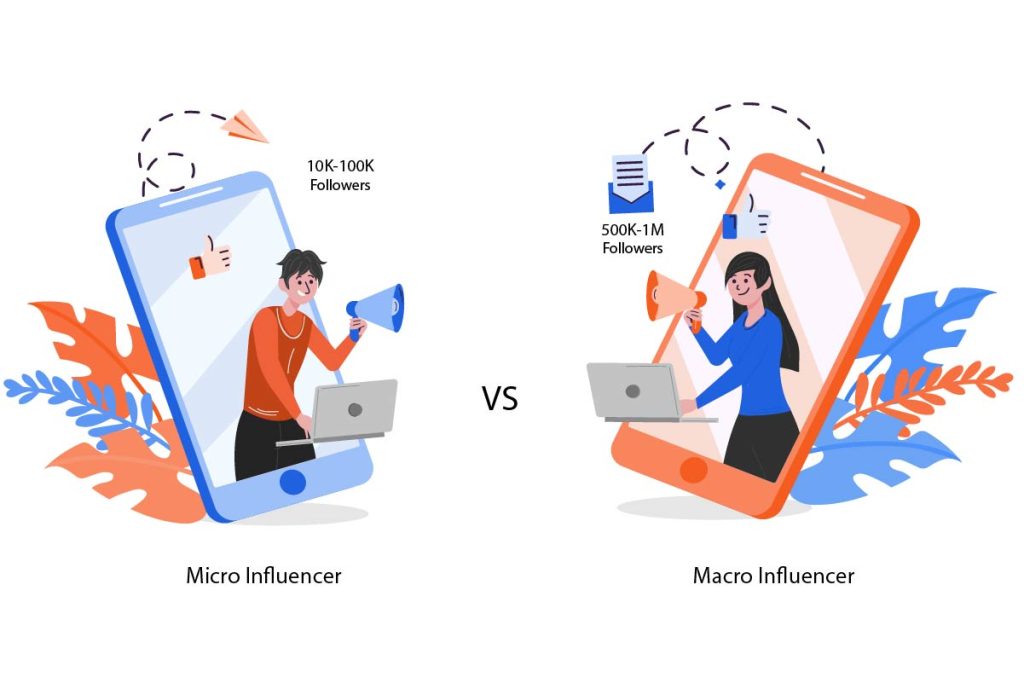
Here is the list of key differences between Micro and Macro Influencers, mentioned as:
Reach & Audience
Engagement Rate
Authenticity & Credibility
Cost & ROI
Campaign Management
Comparison Table of Micro-Influencers vs Macro-Influencers
| Factor | Micro-Influencers | Macro-Influencers |
| Reach | Limited, more targeted | Broad, expansive reach |
| Engagement Rate | Generally higher (5–10% or more) | Lower (1–3% on average) |
| Cost | Affordable, great for small budgets | Expensive, suitable for larger budgets |
| Authenticity | More relatable and trusted | May seem more commercial or distant |
| Niche Targeting | Ideal for specialized products/services | Best for mainstream offerings |
| Content Quality | Varies, often organic and genuine | Polished, professional-grade content |
| Campaign Flexibility | Easier to manage multiple partnerships | Fewer influencers but bigger impact |
When to Choose a Micro-Influencer?
Choose Micro-influencers if your business:
Example:
A small skincare brand launching a natural face serum may benefit more from partnering with 10 micro-influencers in the skincare niche than one macro-influencer. The power of micro-influencer is that he/she can deliver honest reviews, detailed tutorials and promote word-of-mouth trust.
When to Choose a Macro-Influencer?
Choose macro-influencers if your business:
Example:
A well-established fashion brand launching a nationwide campaign for its new summer collection might gain more value by partnering with a macro-influencer who can show the entire line to millions of followers across multiple platforms.
The Hybrid Approach
The hybrid approach to influencer marketing involves using both macro- and micro-influencers within the same campaign to maximize impact. Macro-influencers help generate broad visibility and brand awareness by reaching a large, diverse audience while micro-influencers contribute deeper engagement, authenticity and stronger connections within specific niches or communities. By combining the strengths of both, brands can benefit from wide exposure as well as meaningful interactions with targeted consumers, making this strategy highly effective for achieving both reach and resonance in their marketing efforts. Ready to amplify your brand’s reach? Contact Tashheer Digital today for all your Influencer Marketing needs.
Conclusion
There is no one-size-fits-all answer. The best choice depends on your business goals, target audience, campaign budget and brand values. Micro-influencers are ideal for targeted engagement, community trust and budget-friendly campaigns. Macro-influencers are best for broad exposure, brand positioning and high-impact visibility. Before making a decision, define what success looks like for your campaign whether it’s conversions, clicks, reach or brand sentiment and choose the influencer tier that aligns with those goals. Always prioritize authentic partnerships. Whether micro or macro, influencers who genuinely believe in your product will deliver better results than those who promote it just for a paycheck.
